I’m Jess, an experienced UX/UI designer based in the Midwest. Think we should chat? Reach out at [email protected].
© Copyright 2025 Jessica Kennon Spencer
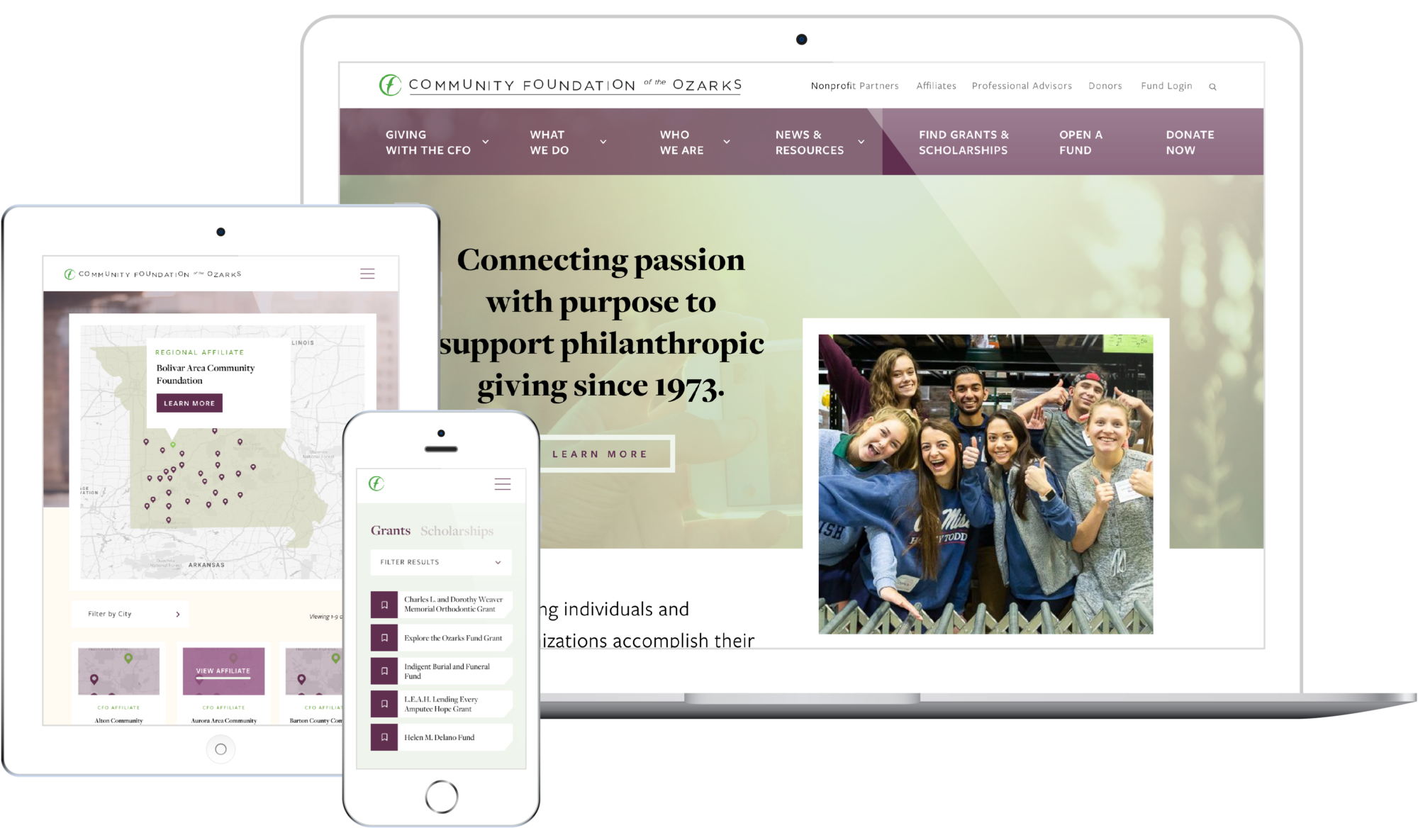
The Community Foundation of the Ozarks provides vital financial services to its community, facilitating planned giving opportunties for donors and benefiiting thousands of indidividuals and community organizations.
The organization’s facillitation of millions in charitable giving, scholarships, and grantmaking puts itself in the center of complicated financial exchanges between many community stakeholders. Better telling that story of the CFO’s extensive services and community impact would only be part of the challenge; better guiding users to engage with services online as donors or beneficiaries would be the most meaningful improvement.
The site would ultimately be a platform that acted as a unified hub for the organization itself, and would better connect their multiple users with the critical financial services they seek.
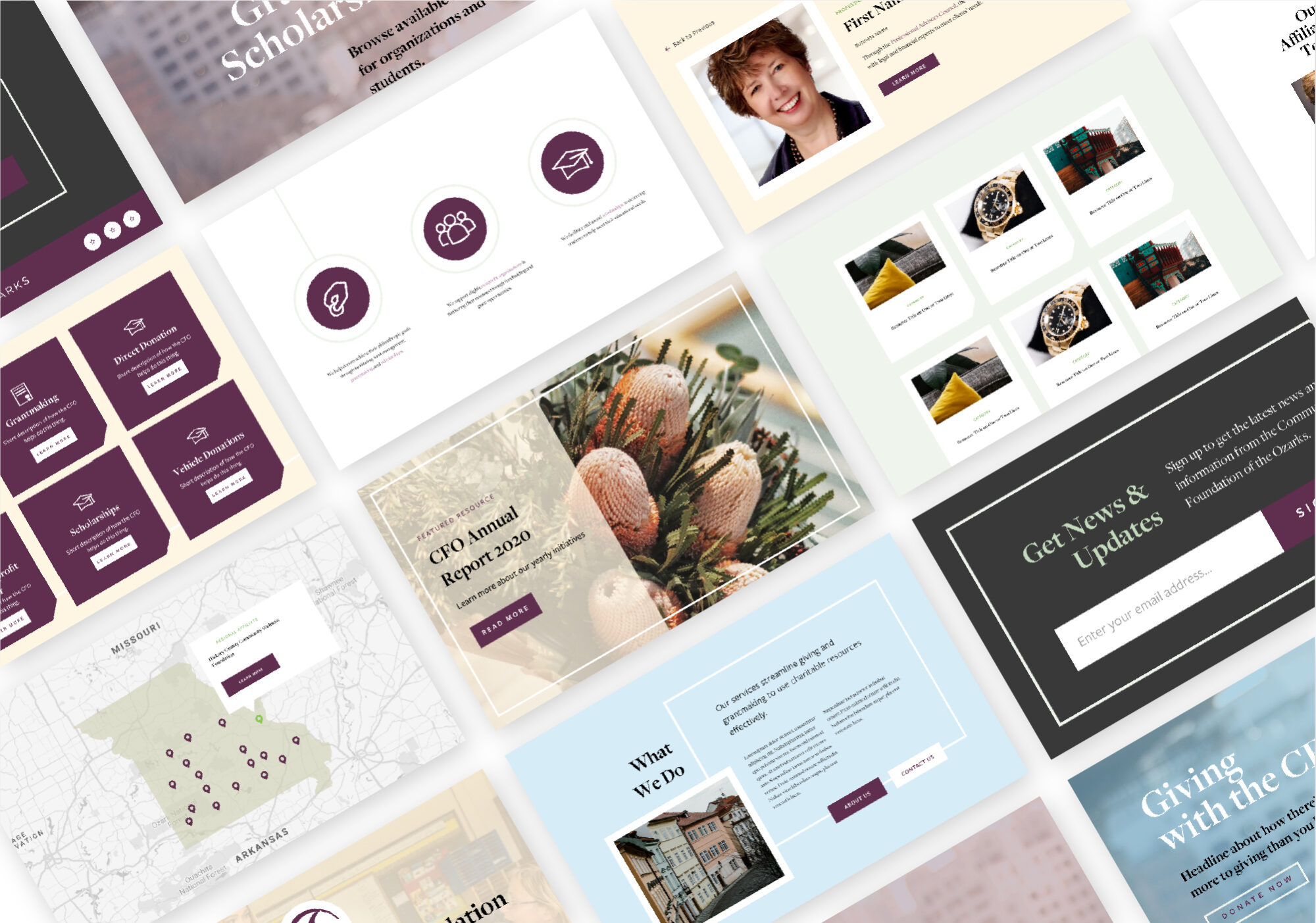
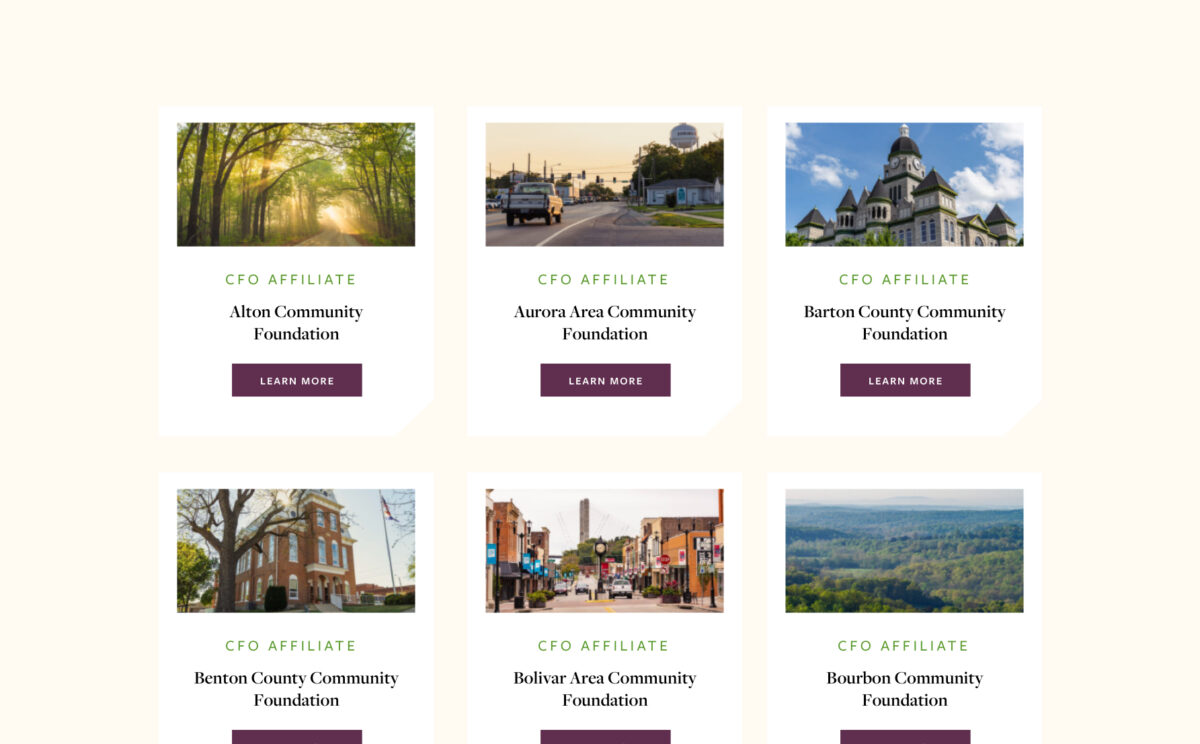
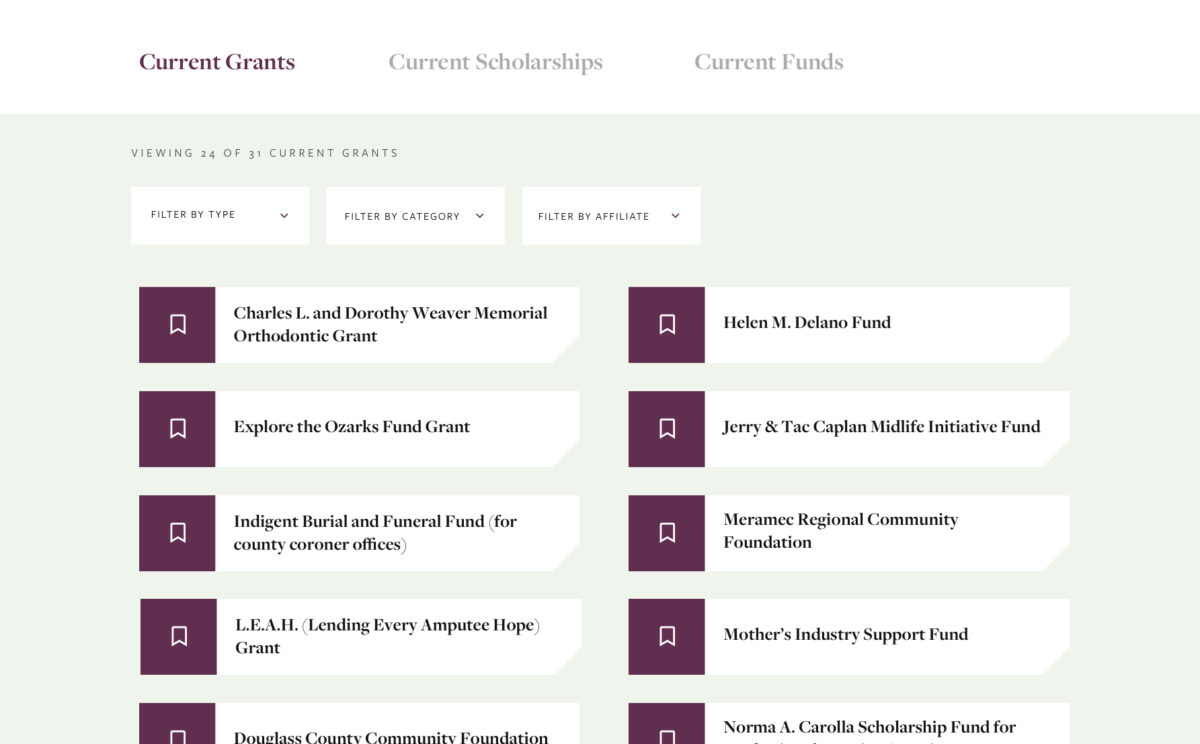
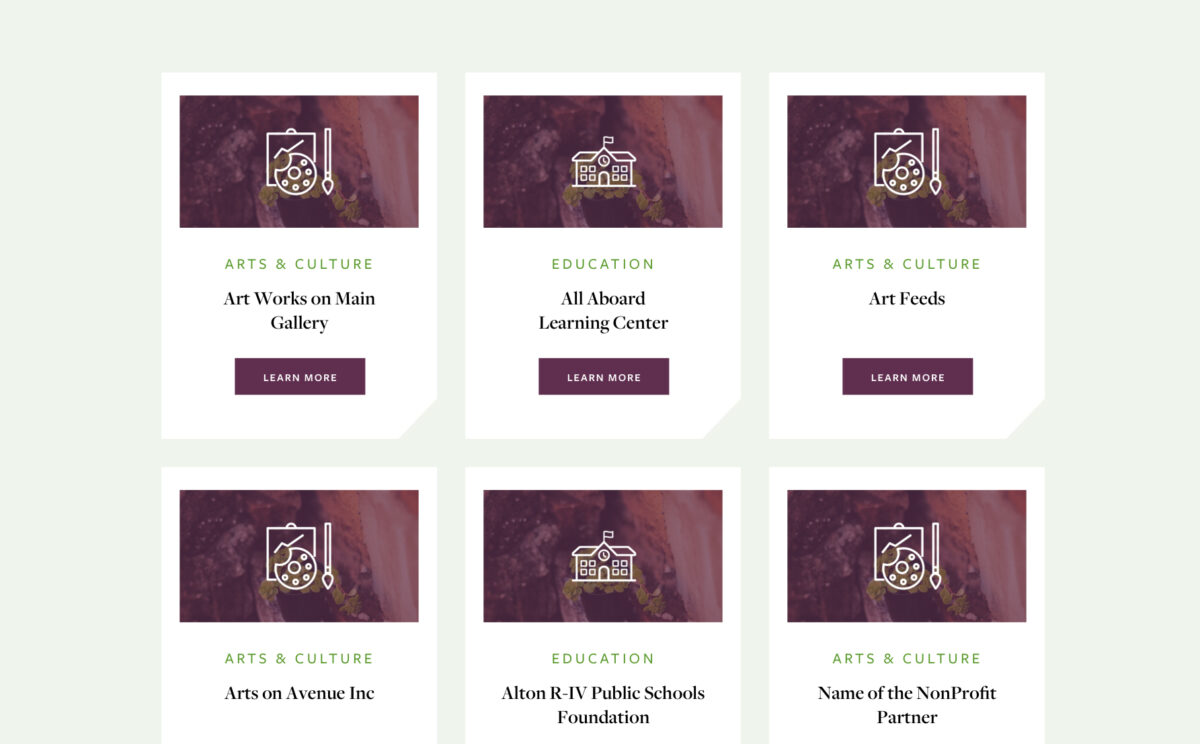
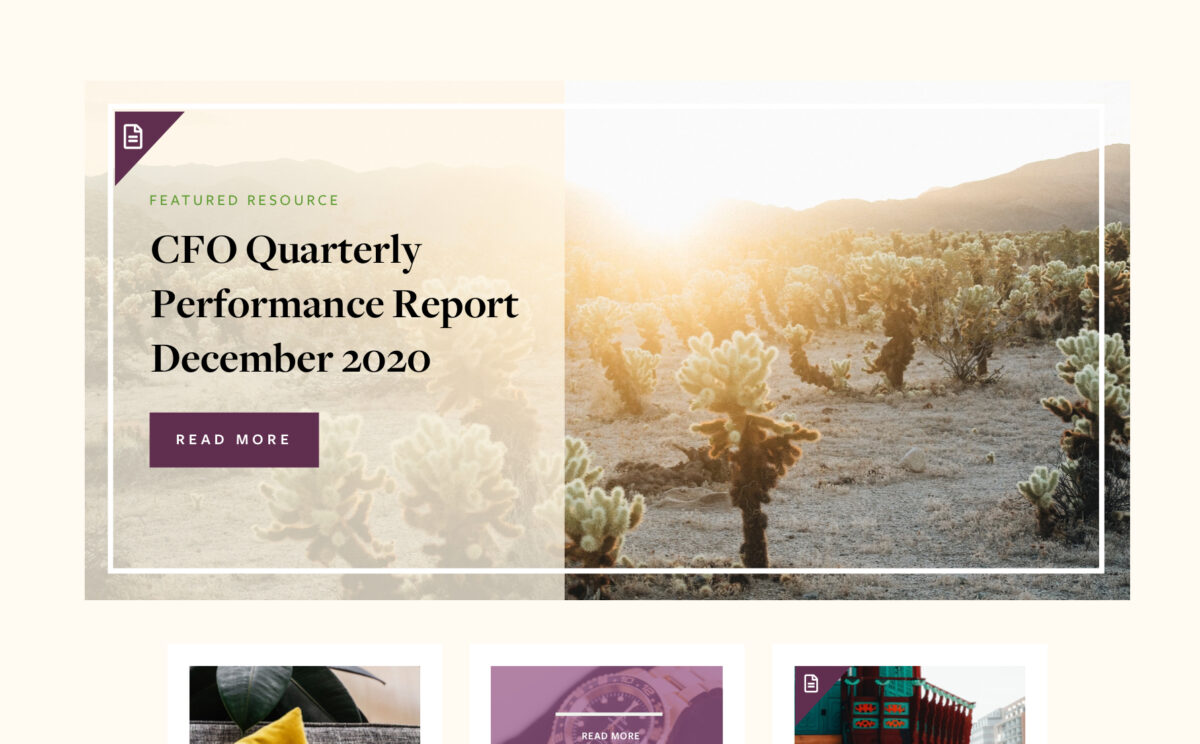
In real life, the CFO is a hub for making connections between potential donors, organizations, and the individuals and groups who benefit from established funds, grants, and scholarships. CFO’s website could better reflect and facilitate those connections directly through browsable, searchable directories. A directory of affiliates allows for users to find the local foundation in their area, and navigate to its microsite, a directory of available grants and scholarships is open for users to browse and find applications, and a directory of the CFO’s nonprofit partners allows users to browse and find the more than 600 nonprofits associated with the CFO. Lastly, the CFO’s blog allows it to publish important financial documents, files, and forms, along with regular organizational messaging telling stories of the CFO’s community impact.
Previously, the CFO had to manually list financial opportunities—or send users away, to a third party website to view information about grants and scholarships. By making funds, grants, and scholarships live objects in the CMS, it made the information searchable and browsable on the CFO site, and allowed for it to be populated in multiple relevant locations without redundant content entry. The connection also allows for a more seamless integration experience for automatically populating detail pages with relevant application information without visiting a third party site.
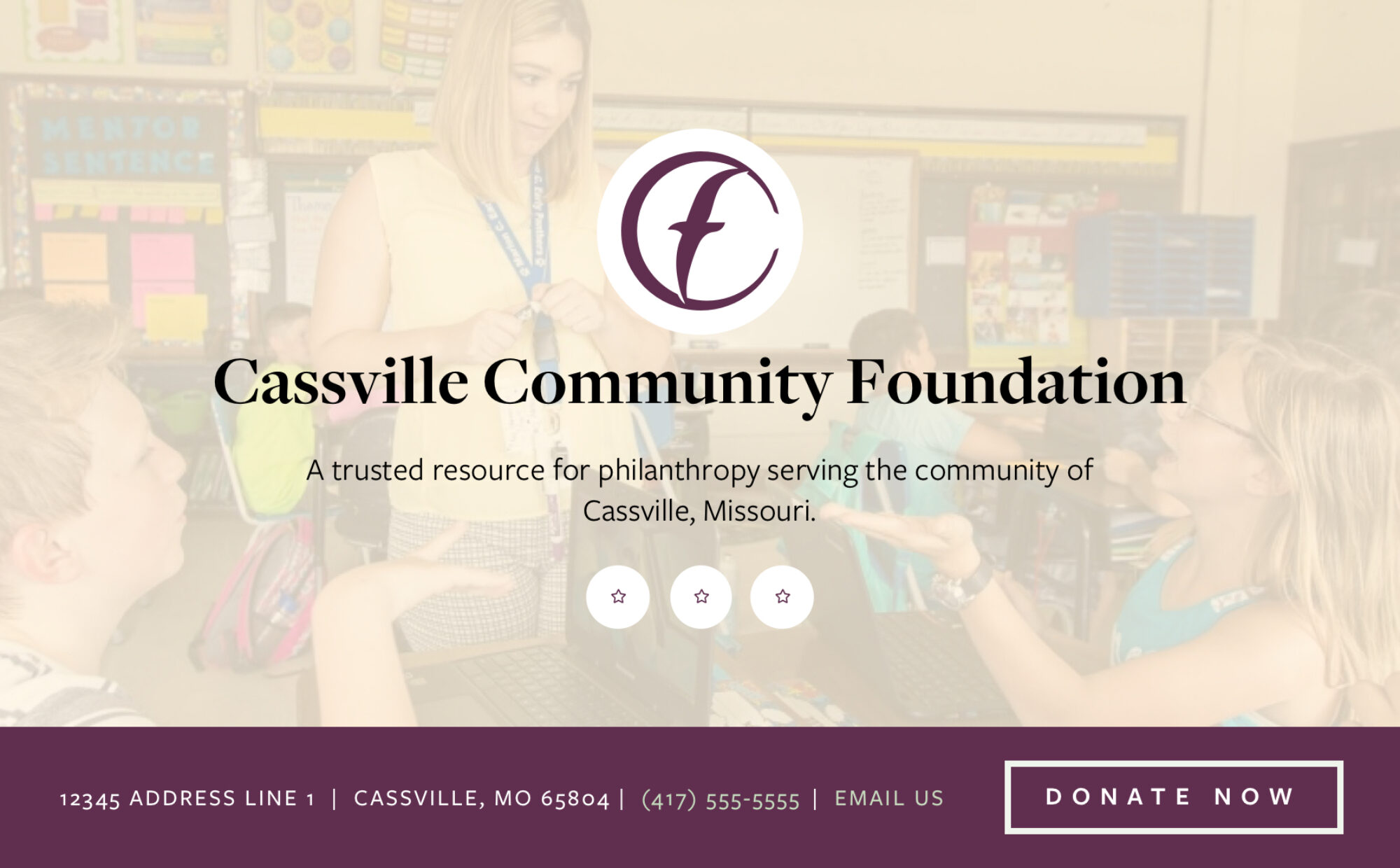
One huge goal of the site was to support the CFO’s 50 regional affiliates with a branded microsite or profile page that could often stand in the sole web presence for many smaller or rural affiliates that didn't have their own websites. The affiliate directory holds and populates a detail page for each affiliate, automatically pulling in generalized or boilerplated information for each one, but allowing for site editors to override and create new specialized content over time for each affiliate. This ensured that the directory would be complete for all affiliates who were hands-off, and still allowed for further customization and custom content for other affiliates using the page as their own website.